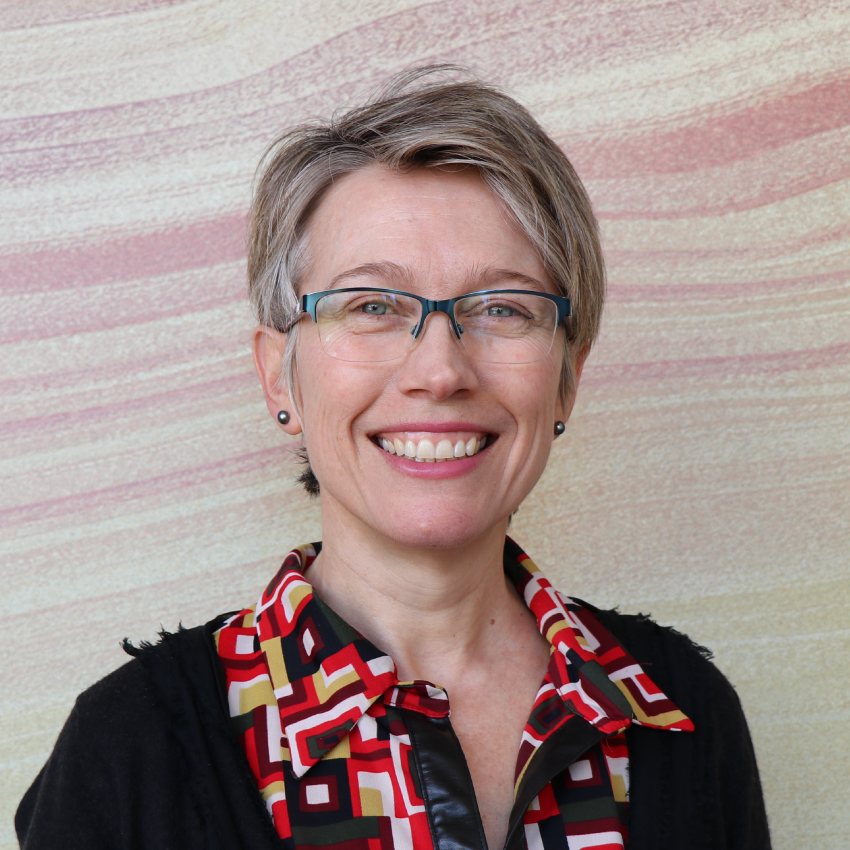Cultural heritage management in the resource sector: establishing good practice approaches
9 June 2020 12:30pm–1:30pm
Speaker: Dr Sarah Holcombe, Senior Research Fellow, CSRM
Abstract:
Cultural heritage management (CHM) is a complex domain of social performance within the resources sector. This is predominantly because there is a close relationship between the identity of local community groups and their cultural heritage. This seminar will discuss what cultural heritage is, and the ways in which methods for defining a cultural ‘site’ often determine the types of protections that are afforded. What constitutes a good practice cultural heritage management plan (CHMP), and CHM system, will also be outlined. I provide some comparative discussion of different legislative standards across Australia, and an overview of various international standards for addressing CHM.
 Bio:
Bio:Sarah Holcombe is a social anthropologist with more than 20 years’ experience in applied and academic research with Aboriginal Australians. In her formative years, she worked as a regional anthropologist for the two major Northern Territory (NT) Land Councils. Most of Sarah’s research has remained focused on working and collaborating with Aboriginal people in the NT and other remote areas, including the Pilbara and Kimberley regions in WA. She has published widely on a diverse range of issues including Indigenous human rights and challenges to implementation, extractive industries and sustainable development, and Aboriginal community governance. Her engagement in cultural heritage management (CHM) is as a practitioner and an independent consultant for industry in benchmarking CHM systems and practices. Sarah joined CSRM in 2017, after completing an ARC Future Fellowship at the ANU, the outcome of which is the book Remote Freedoms: Politics, Personhood and Human Rights in Aboriginal Central Australia (2018), published by Stanford University Press.
About SMI Webinar Series
The Sustainable Minerals Institute Webinar Series showcases the exciting research underway across SMI - from processing to social performance to health and safety - join us on a Tuesday for the presentation followed by Q&A with the researcher.
